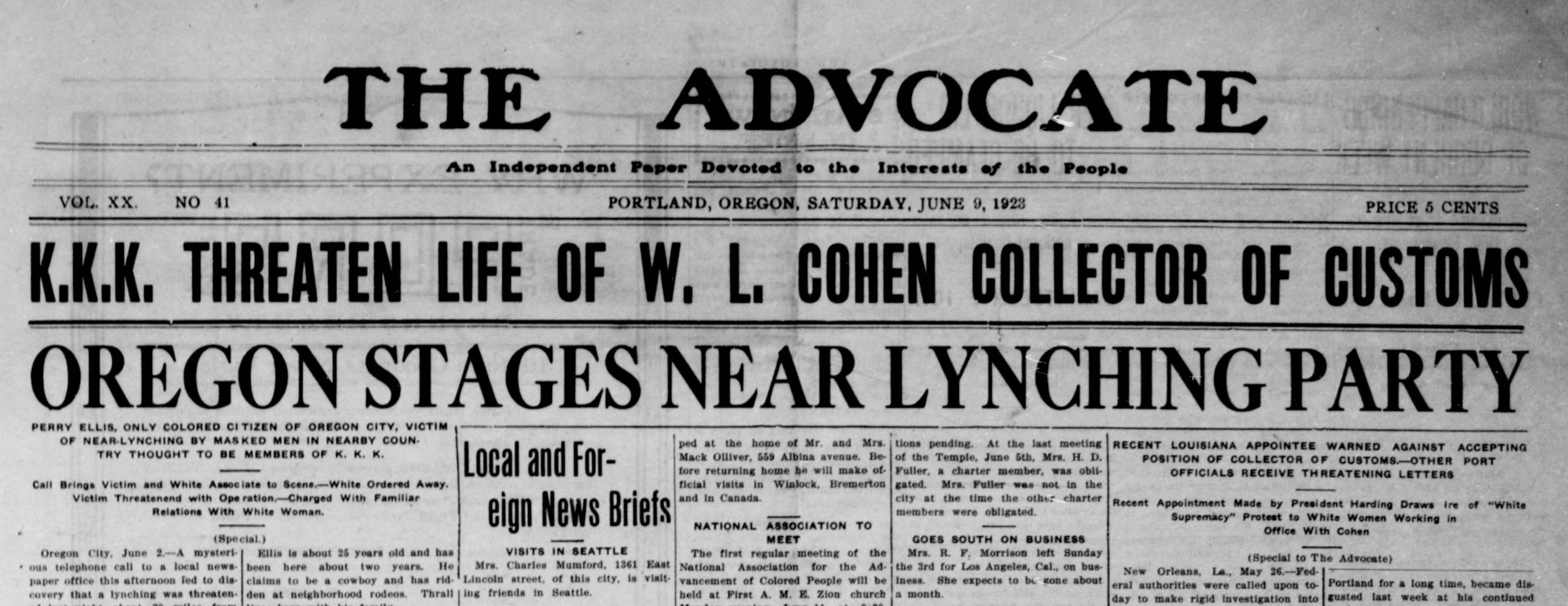The Single Strategy To Use For News Articles
The Single Strategy To Use For News Articles
Blog Article
Getting The News Articles To Work
Table of ContentsExamine This Report on News ArticlesIndicators on News Articles You Need To KnowTop Guidelines Of News ArticlesThe 25-Second Trick For News ArticlesThe 30-Second Trick For News Articles
Excellent knowledge of various topics provides trainees an one-upmanship over their peers. Also though electronic and social media are easily accessible, we should not forget just how essential it is to review the newspapers. Moms and dads should attempt and instill the practice of reading a newspaper as a day-to-day regimen to proceed the heritage of the revered print tool.Information stories likewise consist of at the very least one of the adhering to important qualities family member to the designated target market: closeness, prestige, timeliness, human interest, curiosity, or repercussion.
Within these limitations, newspaper article additionally intend to be thorough. Various other variables are involved, some stylistic and some obtained from the media form. Amongst the bigger and a lot more recognized papers, fairness and balance is a major variable in presenting info. Commentary is normally confined to a separate section, though each paper might have a various general slant.
Papers with a worldwide audience, for instance, often tend to utilize an extra official design of composing. News Articles.; usual design guides include the and the United States News Style Publication.
The Definitive Guide to News Articles
As a regulation, reporters will certainly not make use of a lengthy word when a brief one will do. They make use of subject-verb-object building and construction and brilliant, active prose (see Grammar). They use narratives, examples and allegories, and they rarely depend on generalizations or abstract ideas. News authors try to stay clear of using the exact same word much more than once in a paragraph (occasionally called an "echo" or "word mirror").
Nonetheless, headings occasionally leave out the topic (e.g., "Leaps From Watercraft, Catches in Wheel") or verb (e.g., "Pet cat female lucky"). A subhead (additionally subhed, sub-headline, subheading, caption, deck or dek) can be either a subservient title under the main heading, or the heading of a subsection of the short article. It is a heading that comes before the major message, or a group of paragraphs of the major message.

Extra billboards of any of these types might show up later in the write-up (specifically on succeeding web pages) to lure additional analysis. Such billboards are likewise used as reminders to the write-up in various other sections of the publication or website, or as advertisements for the item in other magazine or sites. Normal structure with title, lead paragraph (recap in additional resources strong), various other paragraphs (details) and contact info.
Example of a hard-lead paragraph NASA is proposing one more area task. The agency's budget request, revealed today, included a strategy to send another objective to the Moon. This moment the company wants to develop a long-lasting facility as a jumping-off point for other room journeys. The budget plan demands around $10 billion for the project.
An "off-lead" is the second most vital front web page information of the day. To "hide the lead" is to begin the write-up with history info or information of secondary relevance to the viewers, forcing them to check out more deeply into a write-up than they ought to have to in order to uncover the crucial points.
The 8-Second Trick For News Articles
Common usage is that one or two sentences each develop their own paragraph. Journalists typically define the organization or structure of a newspaper article as an inverted pyramid. The vital and most fascinating aspects of a story are put at the start, with sustaining info adhering to in order of reducing relevance.
It permits individuals to explore a topic to only the deepness that their inquisitiveness takes them, and without the imposition of details or subtleties that they might take into consideration unnecessary, yet still making that information available to more interested visitors. our website The upside down pyramid structure also enables articles to be trimmed to any kind of arbitrary length throughout format, to fit in the space offered.
Some authors begin their tales with the "1-2-3 lead", yet there are several kinds of lead available. This layout usually starts with a "5 Ws" opening up paragraph (as explained above), followed by an indirect quote that serves to sustain a major element of the initial paragraph, and then a direct quote to sustain the indirect quote. [] A twist can refer to multiple things: The last tale current broadcast; a "delighted" story to finish the show.
Longer posts, such as publication cover posts and the pieces that lead the within areas of a newspaper, are understood as. Attribute stories vary from straight information in a number of ways. Foremost is the lack of a straight-news lead, a lot of the time. Rather than providing the significance of a tale in advance, attribute writers might attempt to entice visitors in.
The 6-Second Trick For News Articles
A feature's first paragraphs frequently associate a fascinating minute or event, as in an "unscientific lead". From the details of a person or episode, its view rapidly broadens to abstract principles regarding the story's subject.

The Editor's Tool kit: A Reference Overview for Beginners and Professionals (2001) Allan M. Siegal and William G. Connolly. The New York City Times Manual of Style and Use: The Official Design Overview Used by the Writers and Editors of the Globe's A lot of Authoritative Paper (2002) M. L. Stein, Susan Paterno, and R.
Report this page